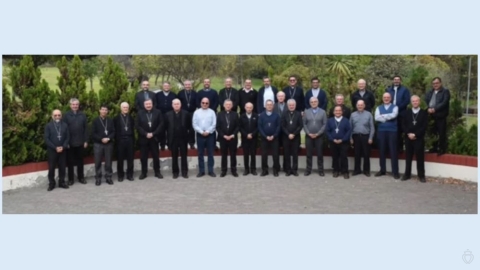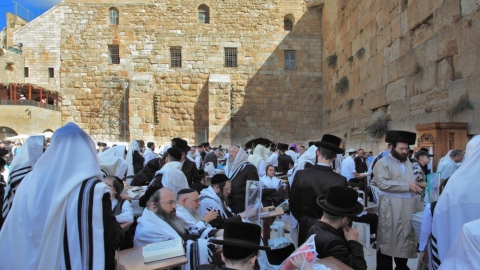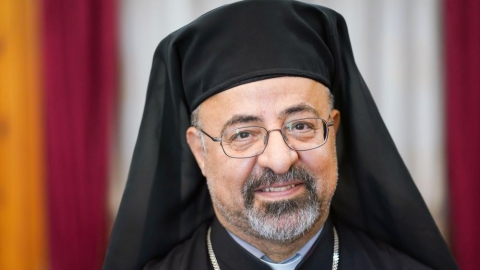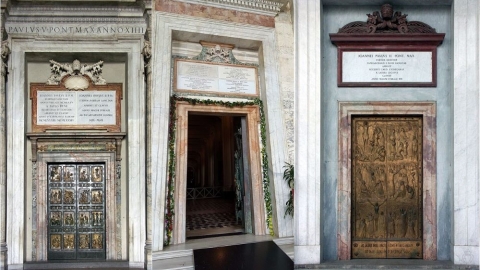Vatican: The Financial Reform Bears Fruit
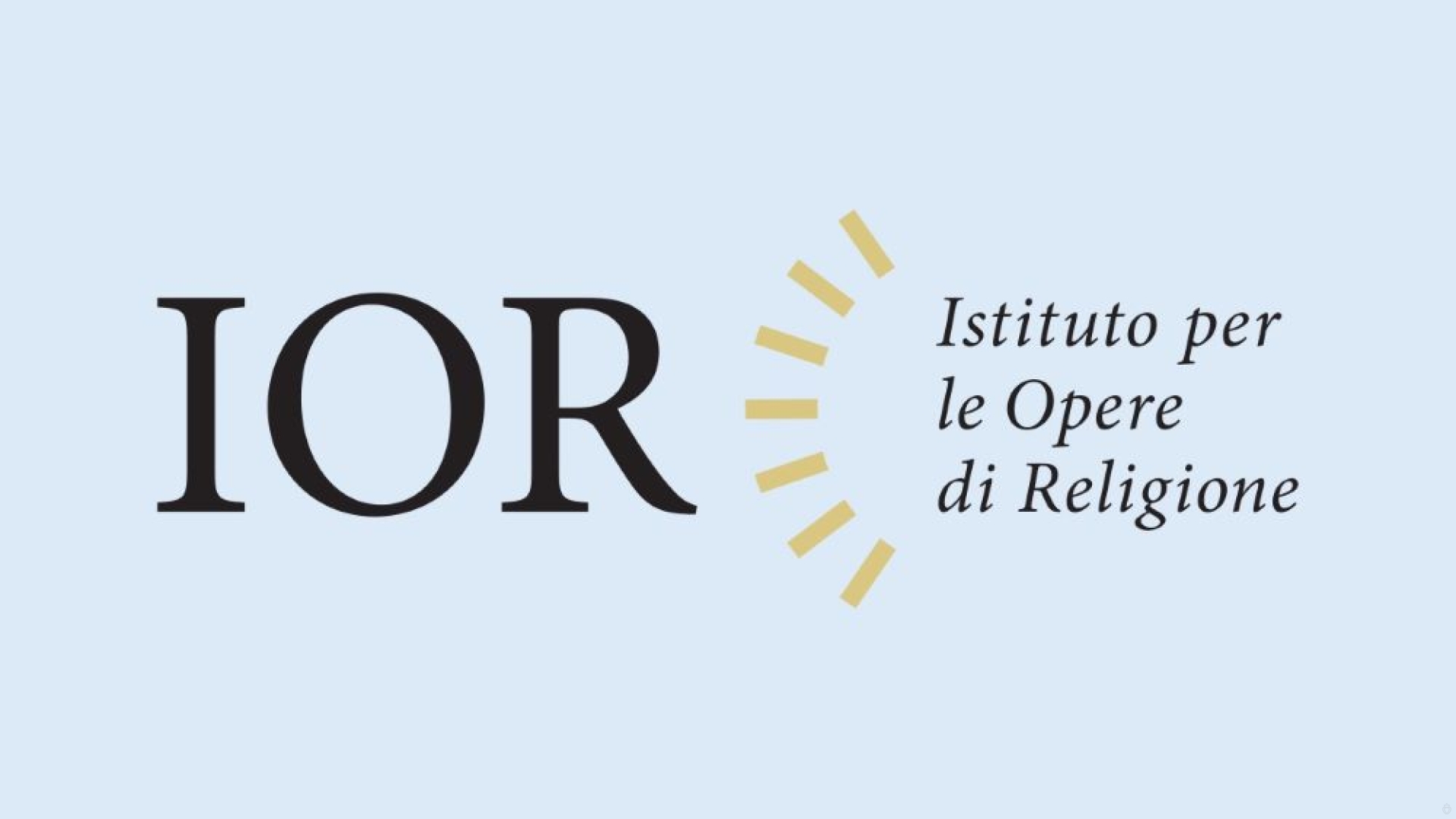
Good news for the Vatican Bank: the Institute for Works of Religion (IOR), as it is formally called, announced that it made 30.6 million in profit in its last fiscal year, an increase of nearly 30% from the previous year. The shock treatment implemented under Pope Benedict XVI and continued by Pope Francis seems to have borne fruit.
Jean-Baptiste Douville de Franssu could not hide his satisfaction during the publication of the latest results of the “Vatican Bank” on June 14, 2024. The man tasked with getting the IOR afloat again knows that his work has permitted this organization to reach “news levels of profitability, allowing significant charitable disbursement to Catholic projects around the world,” The Pillar notes.
“’In line with the goals of its strategic plan, [...] and whilst fulfilling its primary role to work for the Works of Religion of His Holiness Pope Francis and for the Church around the world in 2023, IOR achieved the following results: EUR 30.6 million Net Income, + 23% Net Interest Margin,’” Vatican News reports. The message is clear: “it is looking increasingly like the IOR is the most bankable Vatican success stories for Vatican reform,” as The Pillar says.
A little glimpse into the past: the beginning of the saga of the IOR, improperly called the “Vatican Bank,” began when, as Omnes explains, “On September 11, 1887, the cardinal's commission ‘Ad Pias Causas’ was created.” It “serves to administer those goods, legacies and pious works that come to the Holy See and that this one [‘Questione Romana’] tries to hide from the confiscation of the Italian State.
“The Institute managed to guarantee the financial autonomy of the Holy See even when Rome was occupied by the Nazis (1943 and 1944), years in which its extraterritorial spaces, ‘in a city not yet open’, sheltered and hid multitudes of Jews and anti-fascists. After all, that is what Vatican finances are for.”
The IOR is “an instrument to help, precisely, religious works,” Omnes continues. It “has no offices outside the Vatican, and has only recently obtained a Vatican IBAN, after the Holy See entered the SEPA transfer zone, that is, the Single Euro Payments Area.”
“Investments are always made prudently, according to the so-called rule of 3 (assets, gold, real estate), which ensures the necessary diversification of assets.”
Omnes explains that “There is a technical figure to keep in mind, namely TIER 1, which is the main component of a bank's capital.” This is not a concern for IOR, which presents a “60% TIER 1 ratio,” according to Vatican News—much higher than those of the principal European banking groups which, it is true, are not subject to the same problems.
“For comparison, in April 2023, Bank of America posted a TIER 1 ratio of 13%, and the European banking average in June last year was less than 16%,” The Pillar clarifies.
Now, the IOR is “ready to play its role in the process of centralization of all asset management activities in the Vatican” according to the Pope’s instructions, Jean-Baptiste Franssu concluded, as reported by The Pillar.
A new role which has not yet received clear direction for its implementation, and which the architect of the IOR reform will perhaps not see: the president of the Institute completed his second term of office in 2024, the last according to the norms promulgated by the current Roman Pontiff.
(Sources : Il Messaggero/Vatican News/Omnes – FSSPX.Actualités)
